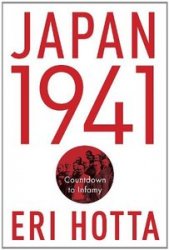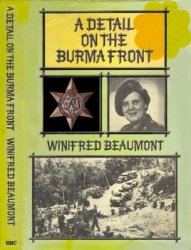The National Woman’s Party (NWP) was organized in 1916 as a by-product of the Congressional Union for Woman Suffrage. Led by Alice Paul, the NWP focused on securing a federal amendment for WOMAN SUFFRAGE. Unlike the National American Woman Suffrage Association (NAWSA) for which Paul once worked, the NWP adopted radical tactics of direct action. Devoted to a federal campaign rather than local and state efforts, the NWP spent most of its energies lobbying Congress, running political campaigns, and organizing public protests. Influenced by British suffragists, the NWP pioneered in dramatic methods to draw attention to woman suffrage. The women of NWP stepped into such male arenas as union halls and lumber and mining camps to ask support for women’s right to vote. Their most controversial activities, however, occurred in the nation’s capital. From January 1917 to mid-1918, NWP representatives held ongoing picket lines, complete with clever slogans and photo placards, outside the White House and Congress.
The NWP drew national attention, especially after the United States entered World War I, as its pickets became the targets of counter-protests. The NWP’s “silent sentinels” outside the White House were arrested for disturbing the peace, and 168 served sentences. In jail, Alice Paul and others went on a hunger strike. Violence against suffragists escalated, culminating in the November 1917 “Night of Terror,” during which suffragists, including Dorothy Day, were attacked and beaten by jail guards. Pickets continued unabated. In fact, suffragists employed increasingly dramatic tactics such as burning copies of President Woodrow Wilson’s speeches in ceremonies in Washington, D. C., in order to humiliate the president for not supporting woman suffrage.
The NWP’s philosophy and tactics drew criticism from the more genteel suffragists of the NAWSA, who condemned NWP for alienating potential supporters and opposing the nation’s war effort. NWP’s tactics and political positions, however, made NAWSA appear much more respectable to suffrage supporters in Congress. In early 1918, Wilson finally came out in support of woman suffrage. In June 1919, the Senate passed the Nineteenth Amendment, giving women the right to vote. It joined the
House, which had already done so in 1918. The amendment was ratified in 1920.
Although NAWSA accepted the credit for passage of the woman suffrage amendment, the impact of the NWP cannot be dismissed. Its demands, leadership, and methods rendered woman suffrage a national issue. Male politicians could no longer ignore or ridicule suffragists; they now had to respond to them out of fear that the NWP might target them with protests or electoral opposition.
After securing women’s right to vote, the NWP turned its attention to the Equal Rights Amendment (ERA), which was first introduced in Congress in 1923. The party sought to end legal and economic discrimination based on sex, an issue that brought it into conflict with progressive activists who wanted to preserve legislation for women. The party’s focus on the ERA set the stage for future feminist challenges to the economic and political status quo based on women’s demands for equality. As second-wave feminism emerged, new calls for the ERA were heard in the 1960s and 1970s. By that time, the NWP was no longer a prominent voice.
Further reading: Christine Lunardini, From Equal Suffrage to Equal Rights: Alice Paul and the National Woman’s Party, 1910-1928 (New York: New York University Press, 1986).
—Natalie Atkin




 World History
World History









